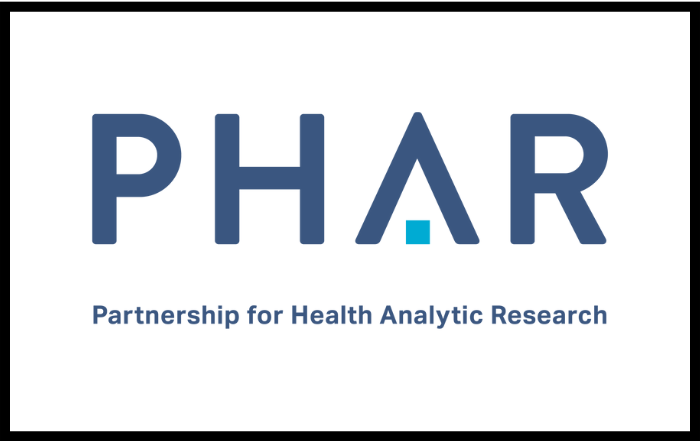Oncology trials make up a large percentage of today’s research pipeline, but conventional oncology development programs are often inefficient, expensive, and suffer from high failure rates. During the early stages important decisions are made about dose selection and target indications. The incorporation of innovative design approaches such as adaptive designs and master protocols typically lead to better foundations for key decisions and more efficient trials with smaller sample sizes, accelerated timelines, and reduced costs. Regulatory agencies (most notably the FDA) have provided detailed guidance on both adaptive designs and master protocols (particularly for oncology studies), encouraging their use. This webinar will compare the Continual Reassessment Method (CRM) with other dose escalation designs, show the advantages of basket trial designs for dose expansion studies, and use case studies for illustration.
In this webinar, we will discuss:
- Improved determination of the maximum tolerated dose, comparing different designs for dose selection
- Advantages of basket trial design for finding the most appropriate indication(s)
- Current regulatory positions and outlook of the International Council for Harmonization of Technical Requirements for Pharmaceuticals for Human use (ICH)
- Operational implications of different designs
Click here for additional information and registration details.



